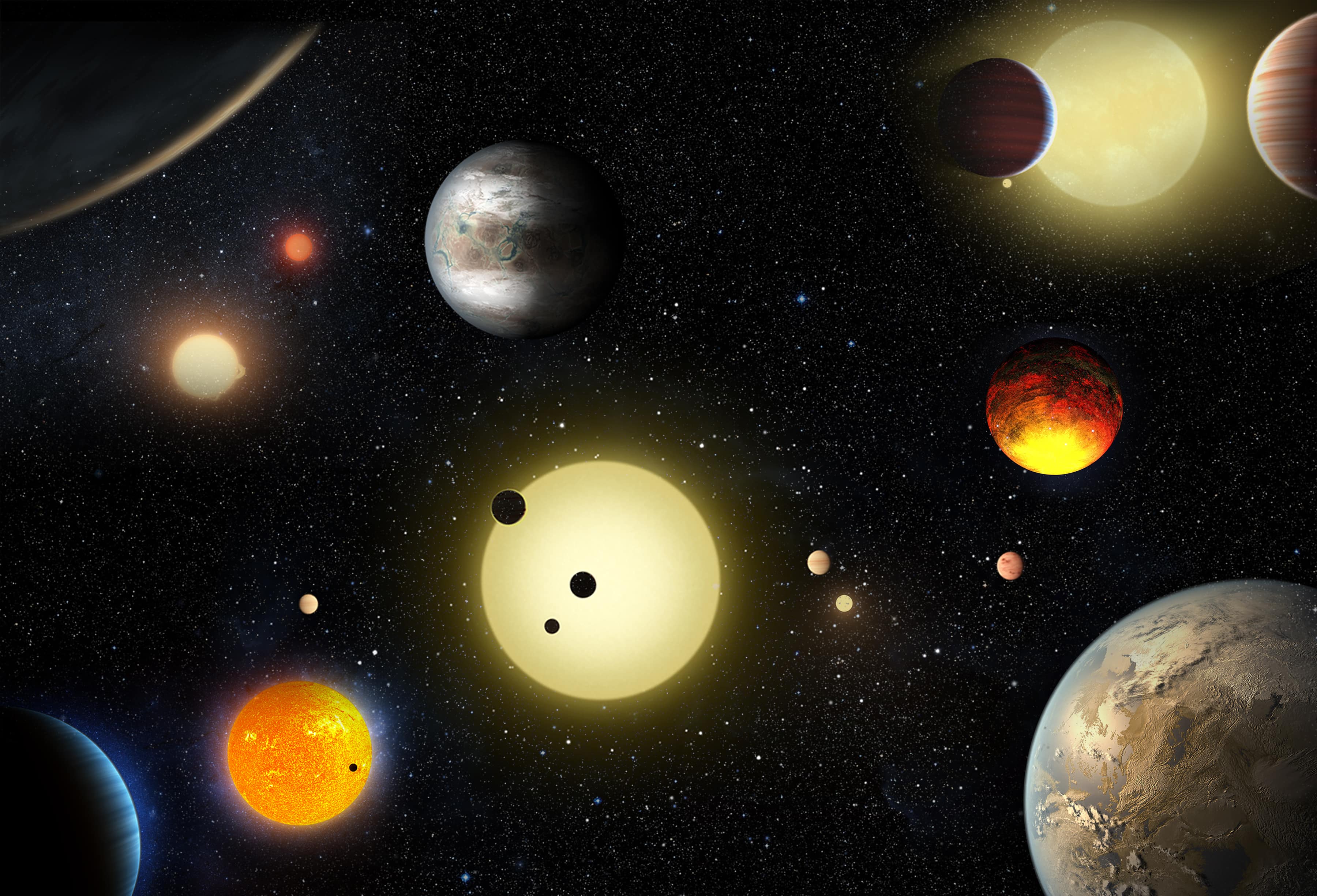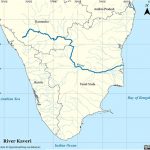TOPIC: Awareness in the fields of IT, Space, Computers, robotics, nano-technology, bio-technology and issues relating to intellectual property rights.
Contents
TOPIC: Awareness in the fields of IT, Space, Computers, robotics, nano-technology, bio-technology and issues relating to intellectual property rights.Akatsuki2. Lunar Reconnaissance Orbiter3. DawnAlso read: SSC- CGL Examination Pattern4. New Horizons5. 2001 Mars Odyssey6. Cassini- Huygens7. Voyager-18. Voyager-29. Rosetta10. Curiosity11. Mars Reconnaissance Orbiter12. InSight13. MAVEN
-
Akatsuki
- It is a Japanese orbiter. It means ‘Dawn’.
- It failed in its first attempt to reach Venus, and spent 5 years spinning around the sun before getting another chance in December.
- Since then, it has been orbiting around Venus, Earth’s closest planetary neighbor.
- Mission- to study Venus’ weather pattern
- to search for lightning in its clouds
- to find signs of volcanic activity.
2. Lunar Reconnaissance Orbiter
- It is a NASA spacecraft.
- It has been mapping and snapping pictures of the moon’s surface since 2009.
- Mission- to broaden our understanding of moon’s topography
- to observe other lunar explorations
- to investigate spots for future landings.
3. Dawn
- It is a NASA probe.
- It has already mapped the “protoplanet” Vespa, which is a leftover of the early days of the solar system and lies in the asteroid belt between Mars & Jupiter.
- Now, it is examining a second such body, known as Ceres.
Also read: SSC- CGL Examination Pattern
4. New Horizons
- It is NASA’s first spacecraft to monitor Pluto from very close.
- It conducted a flyby of Pluto and will continue to other bodies in the Kuiper belt beyond Neptune.
5. 2001 Mars Odyssey
- It orbits Mars-our red neighbor. It is a project of NASA.
- It has been sending pictures of Mars since 2001.
- to make the scientists understand Martian geology and climate- including evidence that led to the discovery of water ice beneath its surface.
- It also acts as a communication relay with surface rovers.
6. Cassini- Huygens
- It is a joint mission of NASA, the European Space Agency and Italy’s Agenzia Spaziale Italiana.
- It was launched in 1997.
- It is the fourth space probe to visit Saturn and the first to enter orbit.
- Cassini, the orbiter, arrived at Saturn in 2004.
- In the next year, it launched a mini-probe, Huygens lander, that parachuted to the surface of Saturn’s largest moon, Titan.
- In the later part of 2016, it will embark on what it’s handlers call the “Grand Finale”, diving between Saturn’s upper atmosphere and innermost ring to collect data on its gravitational and magnetic fields.
7. Voyager-1
- It was launched in 1977 by NASA.
- It was originally supposed to explore Jupiter and Saturn.
- But it has traveled farther than anything made on Earth.
- In 2012, it passed into interstellar space, beyond the reach of the sun.
8. Voyager-2
- It not only flew by Jupiter and Saturn but was the only spacecraft to continue to Uranus and Neptune as well.
- It is now leaving the solar system.
- It is currently travelling through the “Heliosheath”, the final region where solar wind slows.
- It will ultimately join Voyager 1 in interstellar space.
9. Rosetta
- This spacecraft was built by European Space Agency (ESA).
- It was launched in 2004.
- Rosetta along with its lander module, Philae, entered the orbit of the comet “67P/Churyumov-Gerasimenko” in August 2014.
- In November 2014, Philae landed on the surface of the comet.
- Mission- to unravel the secrets of comets – believed to be time capsules from the birth of the Solar System.
- On September 30, Rosetta will join its lander on the icy surface of the comet and the mission will come to an end.
10. Curiosity
- With its rover named Curiosity, Mars Science Laboratory (MSL) mission is part of NASA’s Mars Exploration Program, a long-term effort of robotic exploration of the red planet.
- Curiosity was designed to assess whether Mars ever had an environment able to support small life forms called microbes. In other words, its mission is to determine the planet’s “habitability.”
- It landed on Mars in 2012.
- It has been exploring sedimentary rocks within Gale Crater of Mars since then.
- Recently, it discovered a silica mineral, called Tridymite on Mars, suggesting that it hosted explosive volcanoes during its evolution.
- Tridymite is generally associated with silicic volcanism, which in known on Earth but was not thought to be important or even present on Mars.
11. Mars Reconnaissance Orbiter
- It was built by NASA.
- It has been orbiting Mars for 10 years.
- It was designed to conduct reconnaissance and exploration of Mars.
- To map the Martian landscape with its high resolution cameras in order to choose landing sites for future missions.
- It is studying the history of water on Mars.
12. InSight
- Interior Exploration using Seismic Investigations, Geodesy and Heat transport.
- It is a NASA Discovery Program mission that will place a single geophysical lander on Mars to study its deep interior.
- But it is more than a Mars mission- it is a terrestrial planet explorer.
- Mission- to understand the processes that shaped the rocky planets of the inner solar system more than 4 billion years ago.
- InSight seeks to answer one of science’s most fundamental questions: How did the terrestrial planets form?
13. MAVEN
- NASA’s MAVEN- Mars Atmosphere and Volatile EvolutioN mission.
- It was launched in 2013 and reached Mars in 2014.
- Mission- to study the Martian atmosphere while orbiting Mars.
- To determine how its water and atmosphere got lost over time.
- In November 2015, NASA announced that Solar-wind erosion was an important mechanism for atmospheric loss and important enough to account for significant change in the Martian climate.
14. Juno











